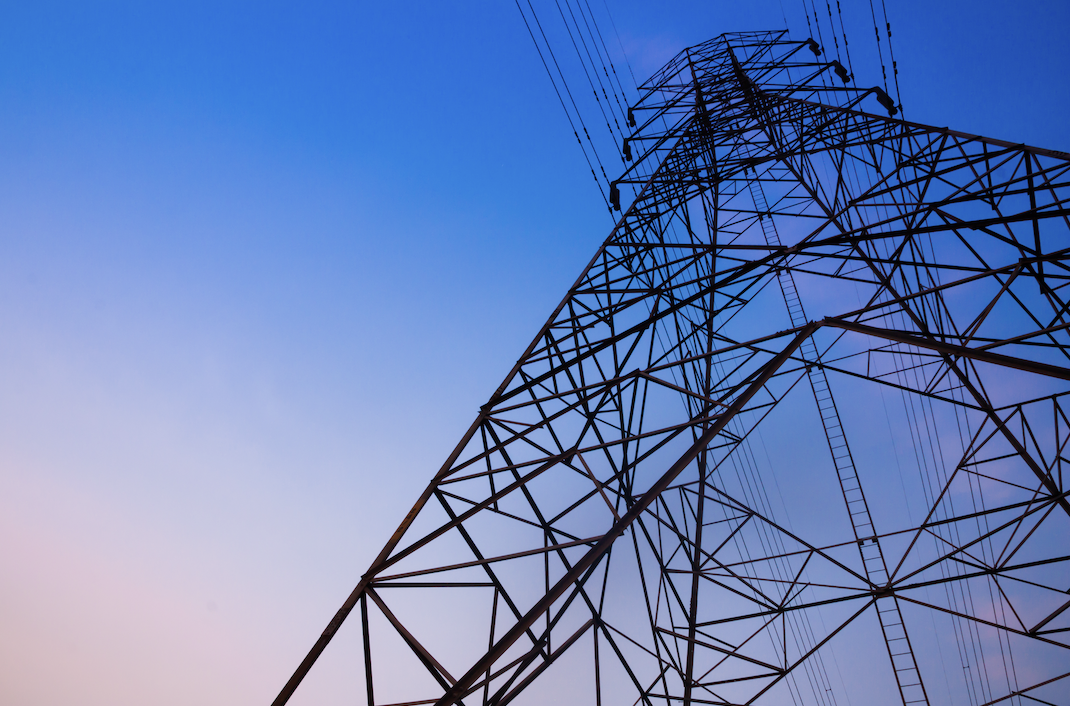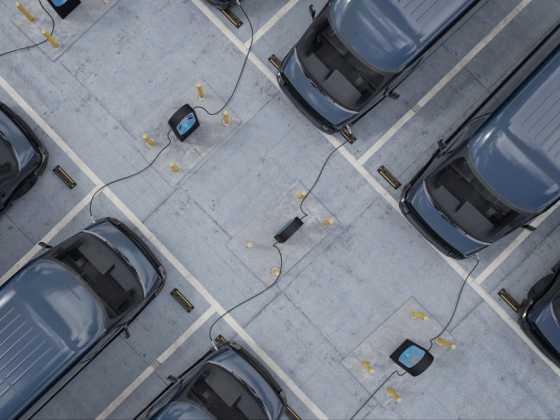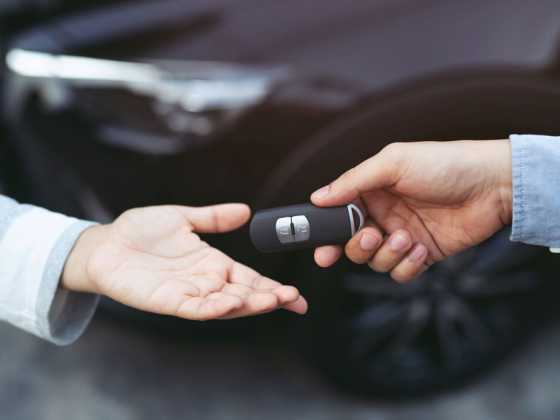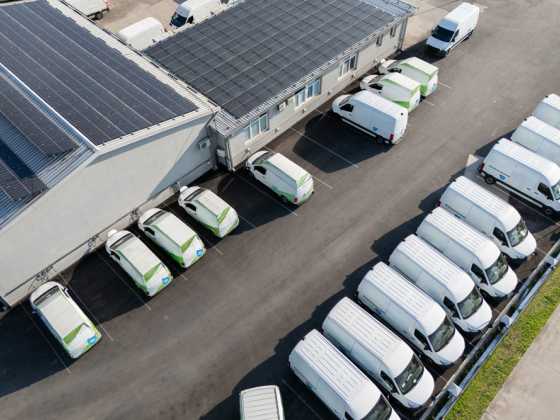Energy prices and your electric vehicle

The Energy Saving Trust looks at the energy price cap and how it will affect EV drivers, with advice on how to make charging cheaper and get the most out of a battery.
The energy price cap is currently in place to support customers who are on the default energy tariff with their supplier. This caps the amount they can charge per kWh of energy – this doesn’t cap the cost of your total bill. This is set by the independent regulator, Ofgem, and the cap is updated twice a year. The most recent cap announcement saw a considerable increase in cost – the cap will will rise by 54 per cent in April 2022 for both gas and electricity. This is due to a global increase in gas wholesale prices.
The high price of energy has led to many energy companies leaving the market which has affected 4.3 million domestic customers in the UK. Home fuel bills are increasing, pushing many households into fuel poverty. This has also meant customers have less mobility in the market and fewer suppliers to choose from.
Whether this will increase the costs of charging EVs is dependent on your current energy tariff. If you are on the default energy tariff, your price per kWh will likely be increasing. It may also be more expensive to charge on the public network – but this may vary dependent on the provider.
However, the fuel crisis has extended to refuelling petrol and diesel vehicles with prices rapidly increasing over the last few months. Hence, charging an EV at home will still result in considerable fuel savings compared to refilling a petrol or diesel tank.
Effectively charging and driving your EV can help reduce your costs. Try these tips to help reduce your costs of driving your EV:
Charging times
Typically, when charging an EV at home, most of the charging is completed overnight. This allows the vehicle to be utilised during the day. This can also be financially beneficial to the customer as low demand overnight can result in cheaper energy costs. This is dependent on your tariff rates and how they vary through the day.
This can be completed by manually plugging in your vehicle at low demand times, or by integrating smart charging – more below!
Energy tariffs
Finding a suitable electricity tariff can help further reduce the running cost of your EV. EV tariffs are home energy tariffs designed for EV drivers. Home Energy Scotland recommend regularly comparing energy suppliers to ensure you are getting the best deal. Be sure to compare tariffs against the overall expected energy use across your home, as rates will apply to your lighting and appliances too.
As a result of the uncertainty in the energy market, you may find that suppliers are not currently taking on new customers or that cheaper tariffs are hard to come by. You can find more information, and read about the types of tariffs available, on our website.
Consider combined offerings
Some energy suppliers offer combined deals, or special perks, in partnership with vehicle or charge point
manufacturers. These may include discounted or free home charge point installation, free mileage credits or rewards when reaching a certain mileage, or free charging.
These types of offering may save you money in the short-term, but we do recommend that you monitor the tariff to ensure it remains competitive over time.
Always read terms and conditions carefully and consider whether you want the freedom to switch supplier to ensure you are getting the best value for your needs. When it comes to energy, no one solution fits all. Your preference will depend on your individual combined energy usage.
Smart charging
Smart charging can help you access greener and cheaper energy. You can automatically time your charging or regulate the rate of charge to avoid peak demand periods when energy is more expensive. They are still developing but are utilising smart phones to create apps for customers to track and change charging habits. Charging this way can save you up to £300 per year.
Since July 2019, all new home charge points have had smart features included. A smart charge point can send charging preferences via Wi-Fi or mobile data to a cloud system. This can track and reflect your charging patterns, and charge when electricity is cheapest. You can also set a minimum charge to ensure you have enough charge for your next journey.
There are different levels of smart charging – the future of smart charging will likely integrate V2X into your home charging network. This technology will allow your EV battery to be a store for energy which can be exported to your home, other buildings, and fed back into the grid.
Renewables
Installing renewables in your home can be a great way to future proof your home. Electricity generated at home can be used to charge your EV, which will reduce the amount of electricity you import and pay for from the grid. This could help you save money on your energy bills, as well as helping to reduce the carbon emissions of the UK’s electricity network. As the network become less dependent on fossil fuels and is generated instead from renewable sources, this will create a more sustainable supply of energy.
Maximising the range of your EV
Knowing when and how to brake can regenerate energy and increase the range of your EV. Unique to EVs, by simply easing your foot off the accelerator your vehicle will recover energy back into the battery, especially when coasting or going downhill. This is known as regenerative braking.
Up to 80 per cent of a car's momentum energy can be re-captured and converted back into battery energy. This means when braking more frequently, especially in urban settings where traffic is busy, can recover a lot of energy helping you go further.
Most vehicles let you choose the level of regenerative braking according to your driving preferences. Less experienced drivers may initially choose a lower level and with time can increase this to convert more movement back into energy. Having this at a higher level will increase the range of your vehicle and help you get further for less.
Other driving tips
Avoid high speeds where possible, as drag increases with speed. On average, the most efficient speed for an EV is around 20 mph for driving in cities. On highways try and maintain steady speed. If you have ECO mode available, this feature can limit unnecessary background features and maximise regenerative braking.
Heating can reduce your range – this can account for over 10 per cent of energy use. This can be counteracted by pre-heating your vehicle whilst it’s plugged in and using heated steering wheels or seats rather than heating the whole car.
General fuel efficiency techniques still apply to EVs. Maintaining a steady speed and reducing harsh braking can help get more out of your charge – see our website for tips!






